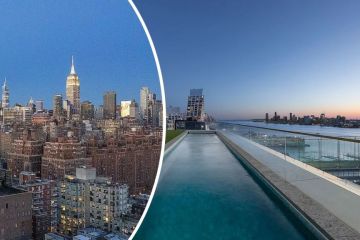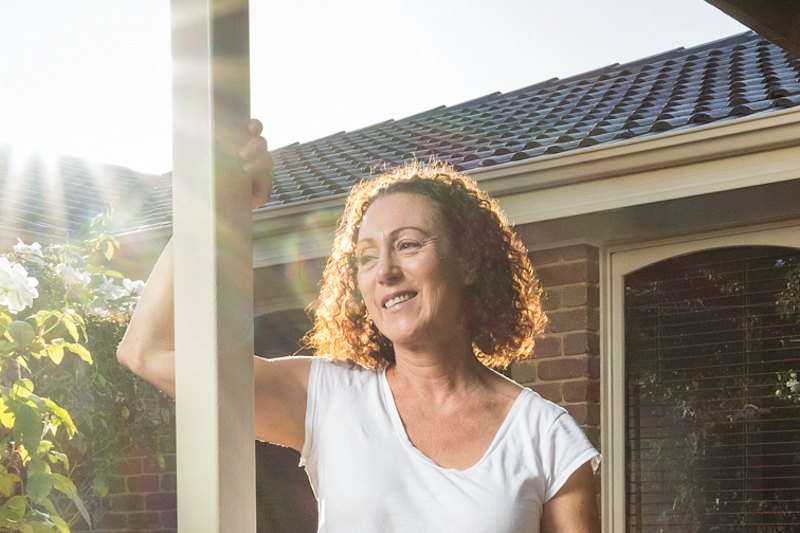More confidence in property markets across regional Australia but local factors key
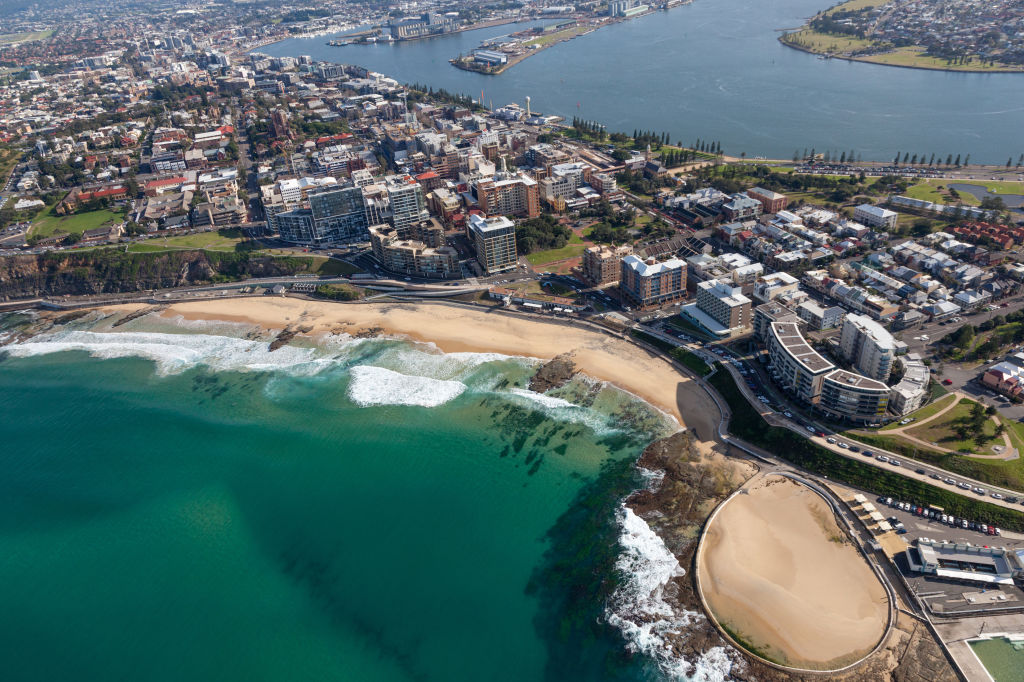
With the combined capital cities posting a 0.4 per cent drop in house prices over the quarter, and a 6.4 per cent drop over the year, how did Australia’s regional markets fare?
It’s a story of many factors – and many micro-markets, with numbers up and down across the board.
Domain economist Trent Wiltshire said the three significant driving factors boosting the national market were the Coalition winning the election, interest rate cuts, and APRA’s changes to lending rules, but local or regional factors might have more of an influence on prices at a town level.
“So things like job prospects, investor demand, tree-change or sea-change demand, and the drought,” he explained. “These big things are happening, but they would have more an immediate impact in Sydney and Melbourne.”
“It might be that these local factors outweigh these big changes, but I still think those changes will see prices bottom out in a lot of areas,” he added.
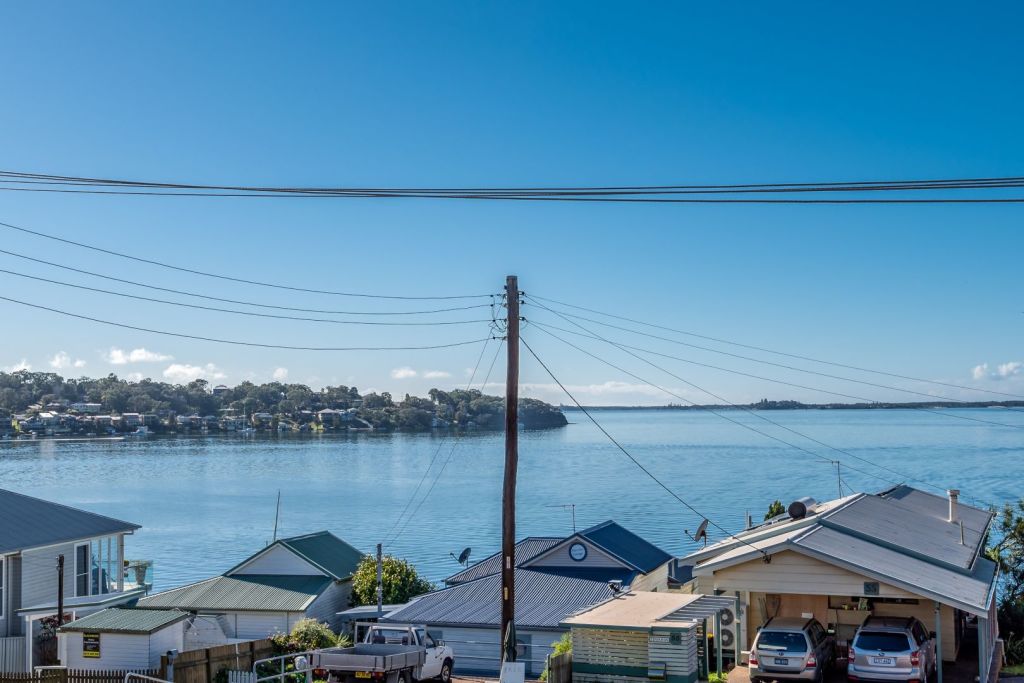
New South Wales
Wollongong houses saw a 6.36 per cent drop, year on year but a 1.52 per cent rise quarterly, with a median price of $670,000.
Apartments posted year on year fall of 5.17 per cent, but a quarterly bounce of 3.77 per cent, with a median price of $550,000.
Mr Wiltshire noted that Wollongong had trailed behind Sydney price changes for the past few years.
“Prices have started to fall, but a bit after Sydney,” he said. “It’s important to take a longer perspective, as well. Wollongong house prices are up 40 per cent over five years.”
In Newcastle, the median house price of $585,000 was down 3.31 per cent year on year, but with only a 0.14 per cent drop over the last quarter. The Greater Hunter region excluding Newcastle was flat year on year, at $455,000.
Chasse Ede from PRDnationwide Newcastle & Lake Macquarie said he’d seen some urgency return to the market since the election.
“We’ve definitely noticed an increase of energy,” he said. “If they are good quality properties in good locations, they’ll sell. And they’ll be hotly contested with prior offers in an auction campaign.”
Year on year, the Southern Highlands and Shoalhaven, Richmond-Tweed, and Riverina also all saw a median house price contraction, with Richmond-Tweed being the largest, down 3.51 per cent to $550,000.
Richmond-Tweed, also known as Northern Rivers – which includes Lismore, Ballina and Casino – saw the biggest quarterly fall in apartment prices, down 9.23 per cent to 437,500 off 228 sales.
Ben Atwood, from McGrath Ballina/Lennox Head/Alstonville, said the markets he worked in were relatively isolated from the larger metro markets, and they didn’t have much of an apartment market in the Ballina area.
“We’ve kind of always been an emotional town,” he said. “People buy here intending to move here.”
He said that with the election results, the interest rate cuts and the lending restrictions easing, things were looking up.
“We’ve seen more activity through open homes, and we’ve had really positive auction results,” he explained.
But also north of Sydney, the Coffs Harbour and Grafton region was a quiet achiever, with 5.49 per cent growth year on year for houses – the strongest of all the regions – and 24 per cent growth for apartments, although it’s worth noting only 78 apartments sold in that period.
Coffs Harbour itself saw a 4.4 per rise year on year to a $475,000 median house price, while Grafton experienced a 5.8 per cent rise to $330,000.
NSW Regions – House prices
| Region | Median Price | QoQ | YoY |
| Capital Region | $495,000 | -0.90% | 2.33% |
| Central West | $376,500 | -4.02% | 1.76% |
| Coffs Harbour – Grafton | $480,000 | 4.35% | 5.49% |
| Far West and Orana | $305,000 | 2.52% | 5.17% |
| Hunter Valley exc Newcastle | $455,000 | 1.11% | 0.00% |
| Mid North Coast | $465,000 | 0.00% | -2.35% |
| Murray | $334,750 | 3.00% | 4.61% |
| New England and North West | $315,000 | -1.56% | 0.00% |
| Newcastle | $585,000 | -0.14% | -3.31% |
| Richmond – Tweed | $550,000 | -1.79% | -3.51% |
| Riverina | $330,000 | -2.94% | -2.37% |
| Southern Highlands and Shoalhaven | $595,000 | -3.25% | -2.46% |
| Wollongong | $670,000 | 1.52% | -6.36% |
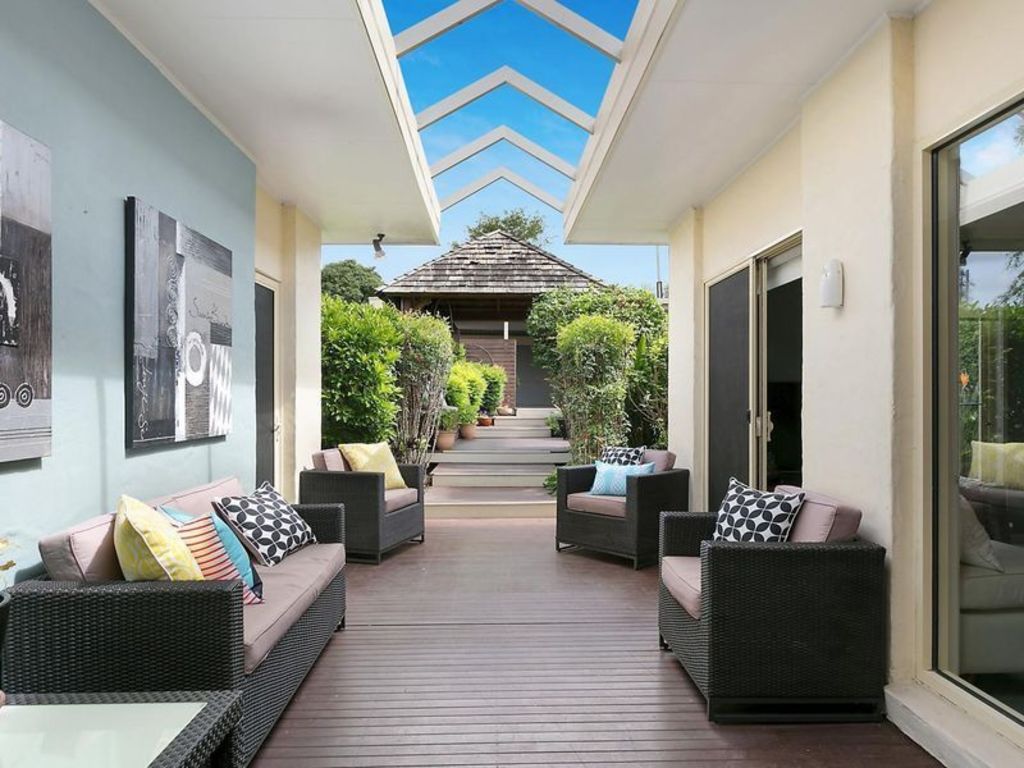
Victoria
Despite a quarterly drop of 4.39 per cent, Geelong remains the most expensive Victorian region with a median house price of $545,000.
It did, however, have relatively strong apartment price growth, up 11.27 per cent year on year to $395,000.
Mr Wiltshire said that Geelong had seen a significant price boom about 12 months after Melbourne, with affordability as a major driver.
“But with Melbourne prices now 10 per cent off their peak, a lot of people might be starting to think that Geelong is not looking as attractive.”
With price falls in Melbourne’s outer suburbs, he explained, buyers chasing affordability could buy closer to town.
Jim Cross, from McGrath Geelong, said that there’d been more positive sentiment and more buyer activity over the past five to six weeks, mainly driven by the top end of the market.
“There’s also a lack of supply across the board at the moment – demand has increased, but supply has not,” Mr Cross added.
Mr Cross said his office was seeing those with deeper pockets feeling more comfortable spending on real estate again, whereas the buyers borrowing 90 per cent of their funds, in the $400,000 to $800,000 range, were still quite price sensitive.
Ballarat recorded 9.72 per cent annual growth to a median of $395,000, while the state’s north-west had 8 per cent growth to $281,000.
Bendigo and Latrobe-Gippsland both posted modest yearly growth, with 5.74 per cent for Bendigo to $405,000, and 5.48 per cent to $361,000 for Latrobe.
The region with the strongest year on year growth for house prices was Shepparton, up 10.55 per cent off 414 sales to $330,000.
Demand was being driven in part by investor interest, said Geoff Heap, from Shepparton-based Ray Dobson Real Estate.
“It’s a varied market, but we’ve got a lot of investors coming from Melbourne and Sydney, due to the good rental returns,” he said.
Victorian regions – house prices
| Region | Median Price | QoQ | YoY |
| Ballarat | $395,000 | 1.02% | 9.72% |
| Bendigo | $405,000 | 8.69% | 5.74% |
| Geelong | $545,000 | -4.39% | 0.00% |
| Hume | $355,000 | -1.39% | 1.43% |
| Latrobe – Gippsland | $361,000 | 0.28% | 5.48% |
| North West | $281,000 | 4.07% | 8.04% |
| Shepparton | $330,000 | 10.00% | 10.55% |
| Warrnambool and South West | $320,000 | -2.88% | 0.00% |

Queensland
Mr Wiltshire said regional Queensland markets were heavily influenced by the mining sector and the job outlook for different towns.
Excluding Brisbane, the Gold Coast and the Sunshine Coast, the most significant growth in house prices was in the Mackay region, up 9.4 per cent year on year to a median of $360,000.
Explore Property Mackay owner Ben Chick said there was plenty of buyer demand.
“The investors are starting to trickle back into our region,” he said. “A lot of people are just beginning to understand that now is a good time to get into the market.”
Mr Chick said a lot of people were moving back to Mackay for work, with the area back on the radar for coal, and also for being selected as a site for Qantas’ second pilot training academy.
“There’s more energy and more activity in Mackay – more people in restaurants, more people buying cars,” he explained. “Everybody is feeling better about Mackay itself.”
Mackay’s growth was followed by Toowoomba, up 4.67 per cent to $392,500.
Cairns saw a small downward nudge in medians for both houses and apartments, with houses down 0.76 per cent to $392,00 and apartments down 0.22 per cent to $252,195.
The most significant drop was in Darling Downs-Maranoa, down 3.7 per cent to $260,000, the cheapest median of regional Queensland.
Queenland Regions – House prices
| Region | Median Price | QoQ | YoY |
| Cairns | $392,000 | -2.00% | -0.76% |
| Darling Downs – Maranoa | $260,000 | -1.70% | -3.70% |
| Fitzroy | $300,000 | -3.23% | 1.69% |
| Ipswich | $415,000 | 0.00% | 4.88% |
| Logan | $439,500 | -2.33% | 0.11% |
| Mackay | $360,000 | 4.96% | 9.42% |
| Moreton Bay – North | $450,000 | 0.00% | 1.81% |
| Moreton Bay – South | $506,750 | -0.44% | 2.37% |
| Toowoomba | $392,500 | 3.29% | 4.67% |
| Townsville | $315,000 | -1.56% | 0.00% |
| Wide Bay | $315,000 | 0.32% | 1.61% |
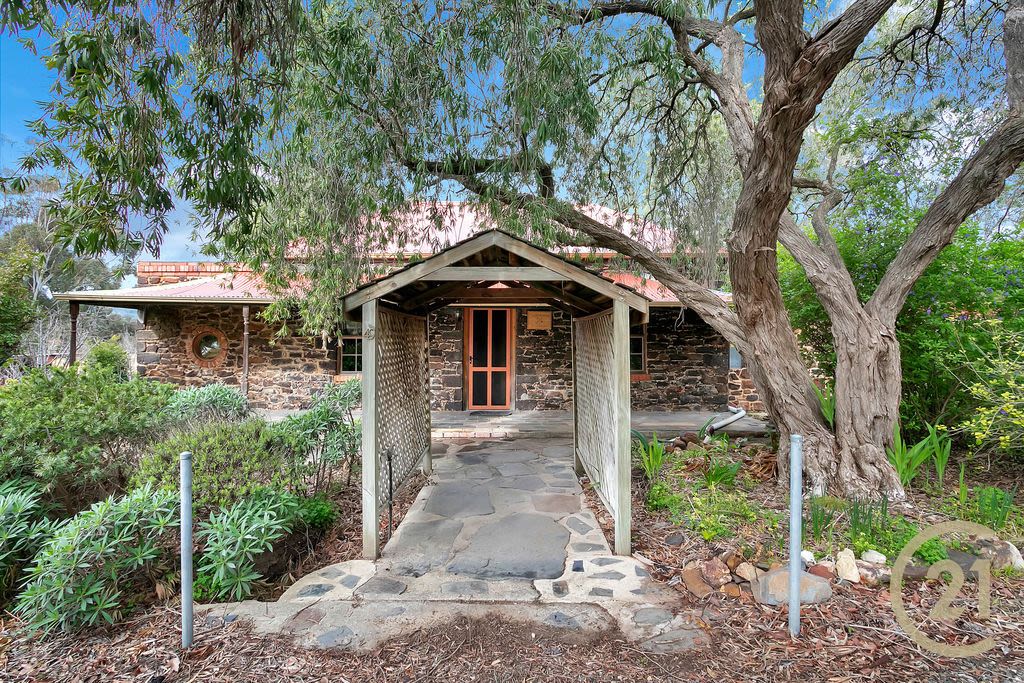
South Australia
South Australia’s outback region saw 11 per cent year on year growth to a house price median of $311,000.
The Barossa-Yorke-Mid North was up 5.86 year on year to $300,000, while the south-east nudged up 1.6 per cent to $315,000. Both regions were, however, down quarterly; 3.23 per cent and 3.52 per cent respectively.
Agent CJ Seglhong from Century 21 Barossa Valley said the market had been quiet from April to June, but since then, more properties had come onto the market.
“Most of the buyers we tend to have here are downsizers, or people from interstate or the city,” he said. “Among the locals, there are first-home buyers – of course, they are looking in a certain price range.”
South Australian regions – House prices
| Region | Median Price | QoQ | YoY |
| Barossa – Yorke – Mid North | $300,000 | -3.23% | 5.26% |
| South Australia – Outback | $311,000 | 9.12% | 11.27% |
| South Australia – South East | $315,000 | -3.52% | 1.61% |
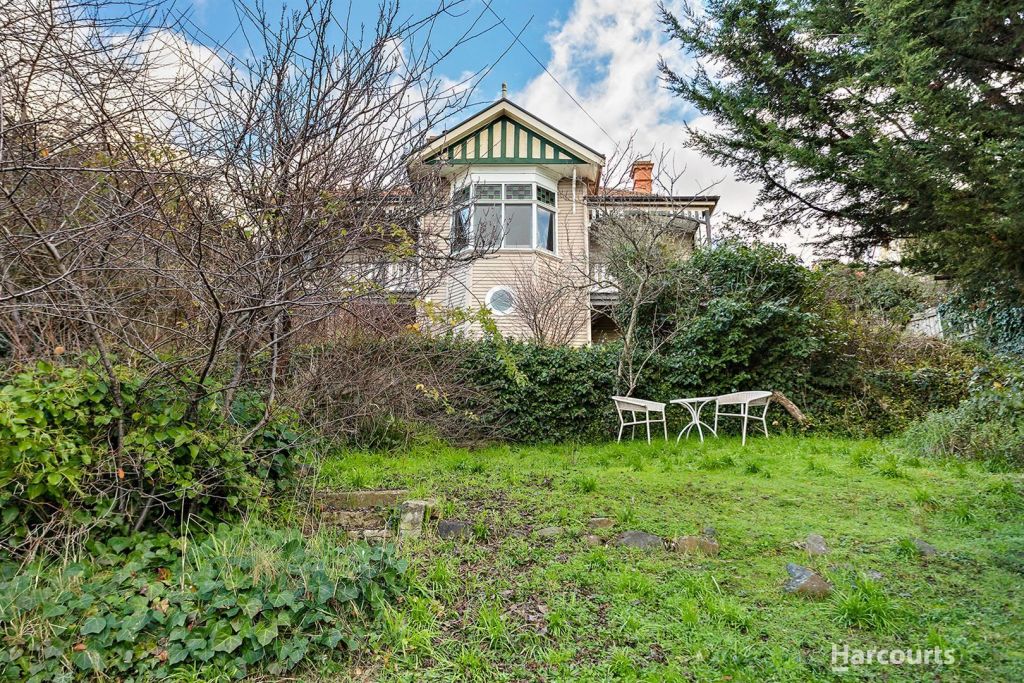
Tasmania
With affordability an ongoing concern in the capital, Tasmania’s south-east saw a whopping 28.5 per cent median house price increase year on year, up to $405,000.
Launceston and the north-west saw annual growth of 3.1 per cent to $325,000, with a median unit price of $247,500.
Mr Wiltshire said people looking beyond Hobart had primarily driven Launceston’s growth, and potentially investors from interstate, with prices up 32 per cent over five years.
“The overall Tasmanian market has been boosted by the tourism boom and stronger population growth, as well as its relative affordability compared to other capitals,” he said.
Jayne Harwood, Harcourts Launceston general manager, said Launceston had experienced a boom over the past six months.
Demand for units was strong due to downsizers and grey nomads chasing low-maintenance properties they could leave while they headed north during the winter.
She said about 10 per cent of her agency’s buyers were first-timers, while investors, particularly from Sydney and Melbourne, made up about 25 per cent.
| Region | Median Price | QoQ | YoY |
| Brighton | $323,000 | -2.12% | -0.29% |
| Sorell – Dodges Ferry | $410,000 | 7.89% | 17.14% |
| South East | $405,000 | 12.50% | 28.57% |
| West and North West | $280,000 | 0.00% | 6.87% |
| Launceston and North East | $325,000 | 2.85% | 3.17% |

Western Australia
South of Perth, Albany’s median house price rose 2.5 per cent to $385,000, and Augusta-Margaret River rose 3.4 per cent to $530,000.
Esperance saw a large annual jump of 11.43 per cent to $390,000.
| Region | Median Price | QoQ | YoY |
| Albany | $385,000 | 4.05% | 2.53% |
| Augusta – Margaret River – Busselton | $530,000 | 4.43% | 3.41% |
| Bunbury | $331,000 | -4.75% | -2.00% |
| Esperance | $390,000 | 25.81% | 11.43% |
| Gascoyne | $410,500 | -1.08% | 60.04% |
| Goldfields | $322,000 | 0.63% | 3.87% |
| Kimberley | $437,500 | 4.17% | 0.57% |
| Mandurah | $372,500 | -3.25% | -2.49% |
| Manjimup | $300,000 | 0.00% | -6.25% |
| Mid West | $290,000 | -4.13% | -10.08% |
| Pilbara | $310,000 | -6.06% | 2.99% |
| Western Australia – Wheat Belt | $417,000 | 1.71% | 10.46% |
| Wheat Belt – North | $304,000 | -1.38% | 8.57% |
| Wheat Belt – South | $260,000 | 0.00% | 1.96% |
We recommend
We thought you might like
States
Capital Cities
Capital Cities - Rentals
Popular Areas
Allhomes
More

